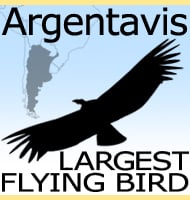In Depth
No one seems to know where to place Santanadactylus within the pterosaur family tree. On top of partial remains that are different to fit into one group because of overall differences, many people also think that they belong to different genera with the other Santanadactylus species of S. araripensis, S. pricei, and S. spixi questioned over their addition to the genus. Even the holotype specimen of S. Brasilensis has been accused of being a chimera, a specimen of two or more creatures incorrectly identified as a single being. For these reasons the future validity of Santanadactylus is uncertain.
Further Reading
– Santanadactylus brasilensis nov. gen., nov. sp., a long-necked, large pterosaurier from the Aptian of Brasil. – Proceedings of the Koninklijke Nederlandse Akademie van Wetenschappen, B 83:145-172. – P. H. Buisonj� – 1980. – Santanadactylus brasilensis: Skelet-reconstructie van een vliegend reptiel met zes meter vlucht. – Gea, 14(2): 37-48. – P. H. Buisonj� – 1981. – Neue Pterosaurier aus der Santana-Formation (Apt) der Chapada do Araripe, Brasilien. – Palaeontographica Abteilung A 187:105-182. – P. Wellnhofer – 1985.









